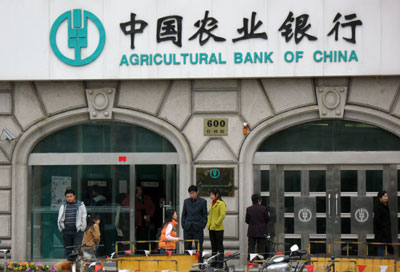(ATF) All the ATF China bond indices rose on Monday, with financials posting the biggest moves in the flagship China Bond 50 Index.
The gauge, which gained 0.04%, saw increases in the bonds of Shanghai Pudong Bank (0.16%), China Minsheng Bank (0.21%), Bank of Beijing (0.11%), China Development Bank (0.26%) and the Export-Import Bank of China (0.26%). Meanwhile, losses were seen in the bonds of Agricultural Bank of China (-0.53%), Ping An Bank (-0.28%) and China Zheshang Bank (-0.28%).
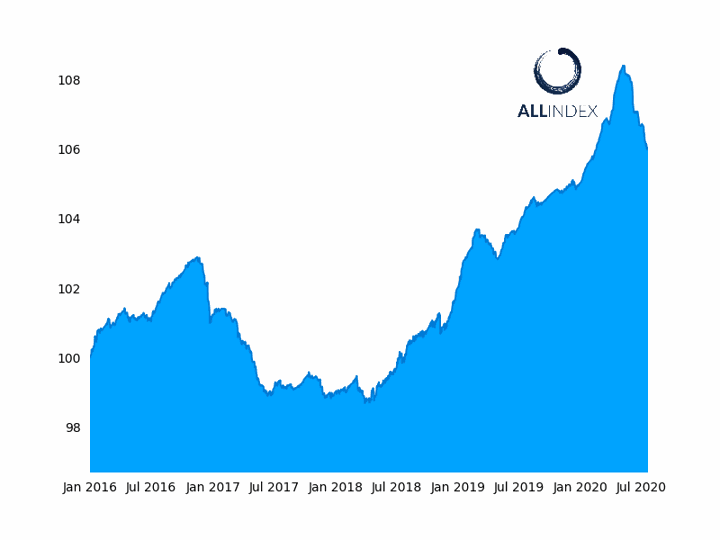
The ATF China Bond 50 Index gained 0.04% on Monday.
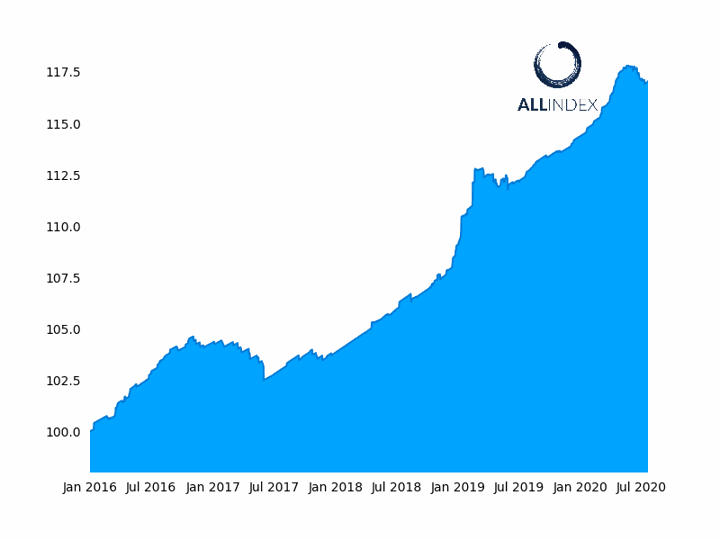
The ATF Local Governments index was also up by 0.04%.
Other notable moves include a drop in the bonds of Beijing Infrastructure (-0.19%), and a rise in those of the People’s Government of Shenzhen (0.28%). The latter is also a constituent of the ATF ALLINDEX Local Governments, and contributed to pushing up that index by 0.04%, while Beijing Infrastructure is a constituent of the ATF ALLINDEX Corporates, which rose 0.01%. Its biggest move was a 0.41% drop in the bonds of Henan Transport.
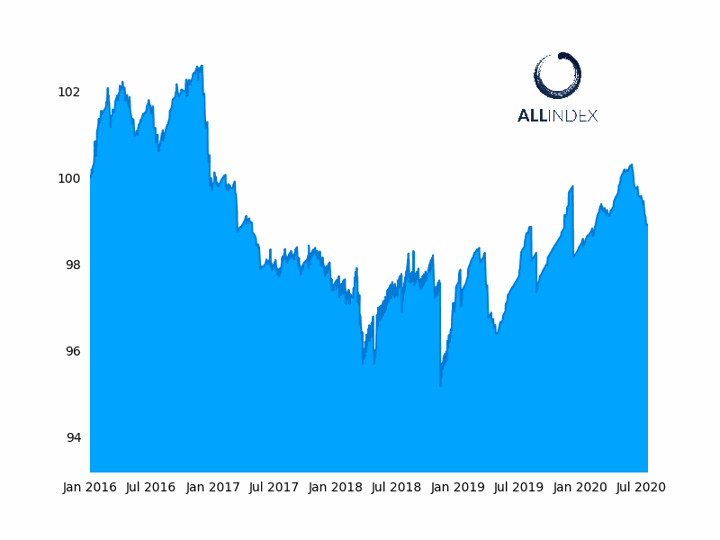
The ATF Corporates index rose 0.01%.

The ATF Financials index was up 0.02% on Monday.
Except for the Export-Import Bank of China and China Development Bank, all the financial names listed in the China Bond 50 index – along with Hua Xia Bank, whose bonds gained 0.28% – helped lift the ATF ALLINDEX Financial measure 0.02%.
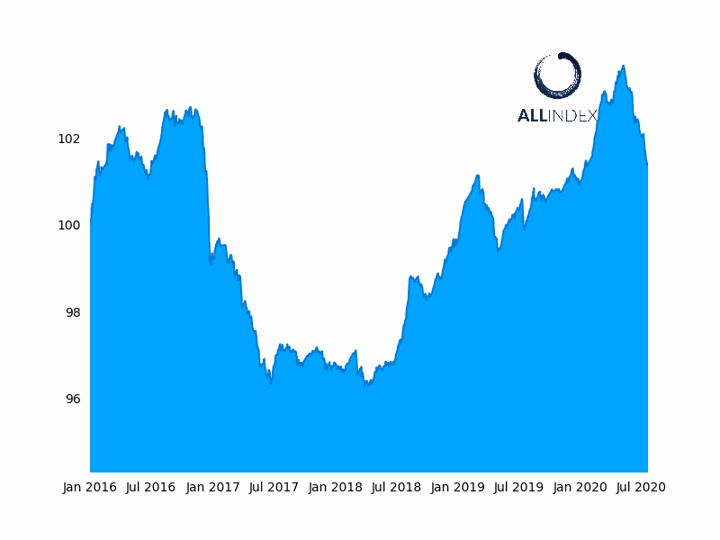
The ATF ALLINDEX Enterprise category rose 0.04%, with the bonds of Zhuhai Da Heng Qin posting its biggest move, a rise of 0.18%.
The People’s Bank of China (PBoC) announced on Monday no change to the benchmark lending rate from the previous monthly fixing, leaving both the one-year loan prime rate (LPR) and the five-year unchanged at 3.85% and 4.65%. The decision to keep rates steady was widely expected, following signs of a significant, although uneven, economic recovery from the impact of the global pandemic.
Going forward, fiscal and quasi-fiscal spending is likely to be Chinese policy makers’ tools of choice to sustain economic momentum. This will involve continued local government and sovereign bond issuance, as well as strong issuance by policy banks, according to Julian Evans-Pritchard, Senior China Economist at Capital Economics.
Easing measures to support small businesses will likely continue, but in a targeted manner. This could include a reserve ratio requirement (RRR) cut applicable only to the smaller banks, which tend to lend to SMEs. Alternatively, measures could be introduced whereby financial institutions can unlock liquidity from an RRR cut if they satisfy certain criteria, such as meeting a specific lending target to SMEs, said Pritchard-Evans.
FOREX COMMENTARY: Strong euro sinks US dollar, drags up yuan
READ MORE: This week: S Korea GDP may signal recession, China to hold rates




